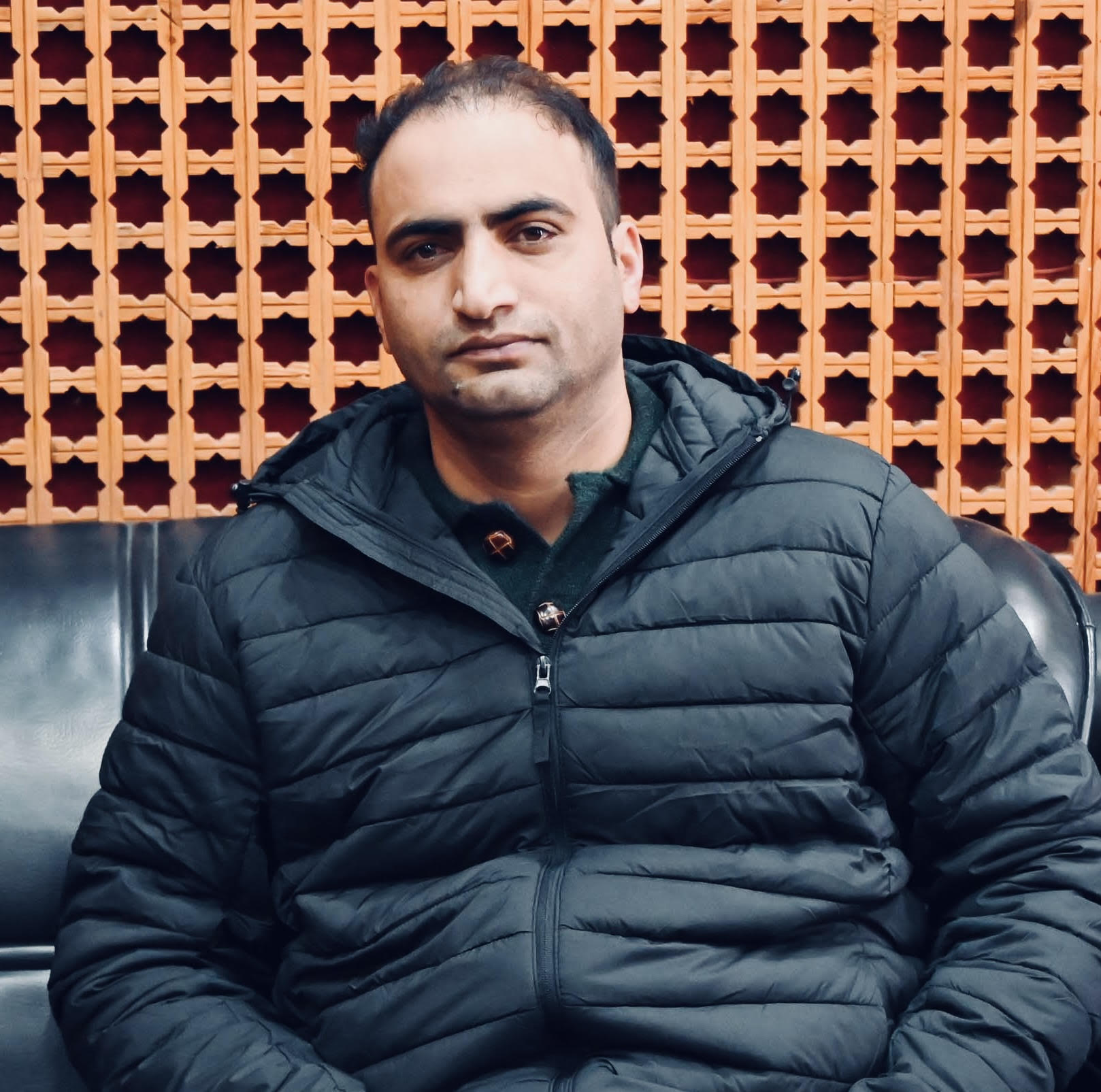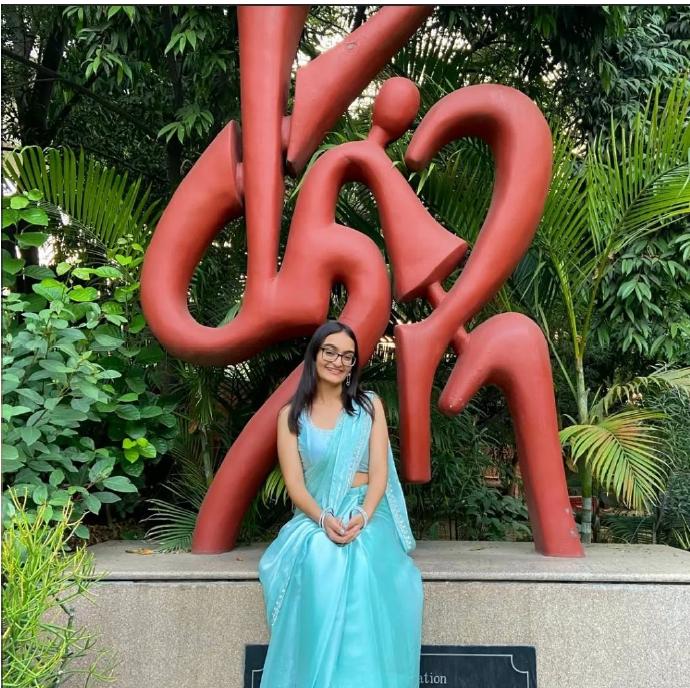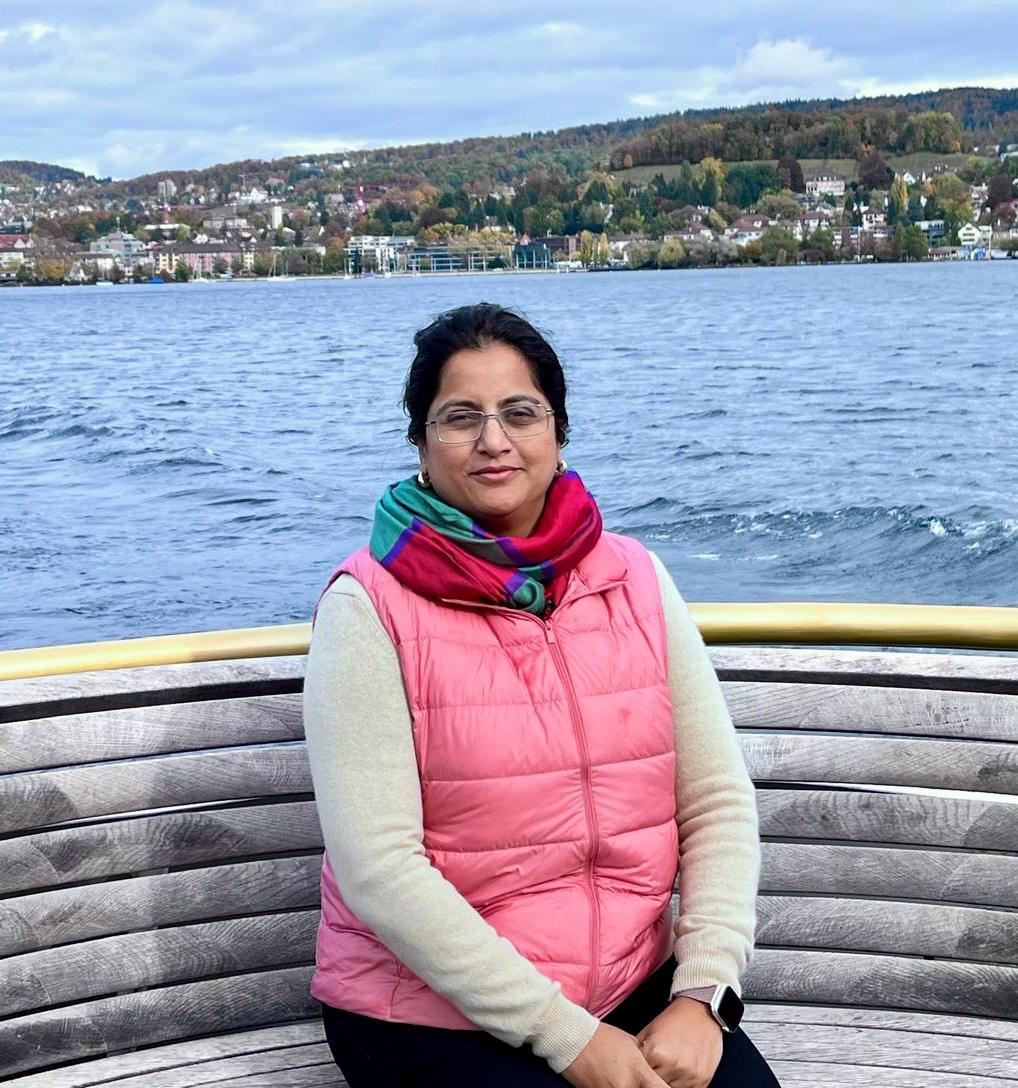In the remote village of Katho-Hallan in Kashmir’s Shopian district, a long-homeless family led by Kaka Kataria has just turned the key to a new home equipped with electricity, a toilet, and clean water. Scenes like this are now unfolding across the country under the Pradhan Mantri Awas Yojana–Gramin (PMAY-G), the flagship rural housing scheme launched in 2016 to fulfill the ambitious promise of “Housing for All.”
The government targeted 3.84 crore new rural homes to be built by March 2024– a huge hike from the earlier Indira Awaas Yojana (IAY) and a courageous commitment to eliminate rural homelessness. As of April 2025, over 2.74 crore (27.4 million) houses have been constructed. The deadline has since been extended, with an additional two crore homes now slated for completion by 2029 to cover left-out beneficiaries and newly eligible families. Such numbers make PMAY-G one of the largest housing programs in the world, which reflects a strong political will and effective Centre–state coordination. Overall, the pace of construction surged after 2016, far surpassing the old IAY’s track record. In Jammu & Kashmir, for instance, eight years of PMAY-G produced more homes with a 92% completion rate than fifteen years of IAY, which achieved just a 56% completion rate – an impressive demonstration of the new governance drive.
The scheme’s success is measured not only by the number of houses built, but also by how quickly they are delivered to beneficiaries. PMAY-G’s implementation framework emphasizes the timely completion of projects. Once a house is sanctioned, financial assistance is released in tranches tied to construction milestones (foundation, plinth, and roof), and close monitoring ensures that approximately 76% of houses finish within 12 months of approval. Funds are disbursed via direct benefit transfer into beneficiaries’ bank accounts at each stage, virtually eliminating delays and leakages. Over 97% of installments have been paid on time, and cases of houses completed but awaiting payment are below 3% – a remarkable success in public service delivery.
Equally important is PMAY-G’s focus on inclusion and equity. Perhaps the most transformative decision was to mandate that each new house be allotted in the name of a female family member (or jointly with her husband). In rural India, where property is usually held by men, this shift has been revolutionary – nearly three out of four (~75%) PMAY-G houses have a woman as an owner or co-owner. Women beneficiaries nationwide report gaining respect and security through property ownership.
The scheme also prioritized India’s most marginalized citizens. At least 60% of PMAY-G houses were designated for Scheduled Castes and Scheduled Tribes, resulting in approximately 12 million completed homes for SC and ST families. Another 15% were earmarked for minority (non-Hindu) communities, amounting to about 4 million homes. By late 2024, most states reported that the original waitlist of homeless rural families from the 2011 SECC (Socio-Economic Caste Census) was virtually exhausted. The program also sets aside approximately 5% of its annual targets for exceptional cases like households with disabled members or those affected by natural disasters.
India’s geographical diversity posed additional challenges that PMAY-G had to overcome. Building a pucca house in the dense forests of the Northeast or on the steep slopes of the Himalayas is far more difficult than constructing one on the plains. To address this, the scheme offers higher financial assistance for homes in rugged terrain – 1.30 lakh per unit in hilly or remote areas or North-Eastern states versus 1.20 lakh in the plains – along with region-specific housing designs suited to local conditions. As a result, approximately one-third of all PMAY-G houses (over 8.5 million) have been built in hilly or hard-to-reach districts, from the Northeast to Jammu & Kashmir and Ladakh. Notably, Jammu & Kashmir, which lagged under IAY (with merely 56% completion), built over 3 lakh houses under PMAY(G), achieving more than 90% of its target despite its challenging terrain and governance.
Another thorny issue was how to help families with no land on which to build a house. Land is a state subject, so the scheme required close coordination with state governments to address this gap. In recent years, nearly 44,000 landless families have been given small plots to enable them to construct their homes. Some states allocated unused government land or even purchased private land for this purpose, while others provided financial aid or priority in village housing site allotments. A standout example comes from Jammu & Kashmir, where the administration allotted five marlas/125 m2 of free land to 498 landless families (up to March 2025) – benefiting thousands of nomadic tribals who can now settle and build a permanent home.
Implementing a program of this scale demanded robust governance, especially in beneficiary targeting and oversight. Beneficiary selection – once prone to bias and political interference – is now driven by data and transparent methods. The government leveraged the 2011 SECC data (updated by a 2018 Awaas+ survey) to identify eligible households, and these lists were publicly vetted in Gram Sabhas to ensure the poorest were rightfully included. Once beneficiaries were finalized, PMAY-G’s execution transitioned online, with a dedicated Management Information System (MIS) to track each house from sanction to completion. At every stage of construction, geo-tagged photographs are uploaded via a mobile app (AwaasApp), allowing officials to remotely verify progress before releasing the next installment of funds. This e-governance approach has instilled a high degree of accountability: local officials and beneficiaries alike know that each step is monitored in real time by authorities across district, state, and central levels. The scheme’s mantra – “what you see is what you pay for” – clearly captures this system of paying only for verified progress.
Flexibility in design has also been key to the program’s success. Unlike past one-size-fits-all approaches, PMAY-G allows beneficiaries to choose from a catalogue of region-specific house designs, often developed with input from premier institutions like the IITs and the Central Building Research Institute. This customization ensures houses are resilient and suited to local conditions. It also gives families a greater sense of ownership and pride in their homes. With such innovations – from transparent beneficiary selection to real-time monitoring to custom designs – PMAY-G has become a model of how good governance can efficiently deliver public services through technology and community participation.
More Than Just Four Walls
What makes a house a home is not just bricks and mortar, but also the basic amenities and secure environment surrounding it. For years, Hasen Be’s family in Zampathri village, Shopian, J&K, lived in a weak mud house. She cooked on a traditional chulha, and her children studied under a dim kerosene lamp. Today, she co-owns a new PMAY-G house equipped with a clean LPG cylinder from Ujjwala for cooking and an electricity connection through the Saubhagya Scheme, which helps her children study at night. Recognizing this, PMAY-G aligns with other welfare programs so that each beneficiary household receives essential services along with a new dwelling. If a family lacks a toilet, funds to build one are provided through the Swachh Bharat Mission. Clean cooking fuel is provided by giving an LPG connection and stove under the Ujjwala Yojana, ensuring a smoke-free kitchen. Nearly every PMAY-G home has electricity through the Saubhagya scheme (many also received LED bulbs under the UJALA Scheme), and where water supply infrastructure is available, the Jal Jeevan Mission ensures a tap water connection. This effort also includes livelihood integration. The rural jobs program, MGNREGA, provides 90/95 days of paid work to each beneficiary to help build the house. Additionally, over 3 lakh rural masons have been trained in modern, disaster-resilient techniques – many of them originally PMAY-G beneficiaries who learned masonry by constructing their own homes, thereby boosting both employment and construction quality in their communities. In essence, PMAY-G serves as a platform integrating multiple development initiatives into one tangible outcome: a home that provides not just shelter but a foundation for a better quality of life.
Building nearly 27 million houses in rural India within a span of eight years is an achievement virtually unparalleled globally. PMAY-G is frequently cited as one of the world’s most ambitious affordable housing efforts, and experts have lauded its community-centric approach and effective use of technology. As India now marches toward providing a pucca house for every rural family, some challenges still loom. A small backlog of unfinished homes from the first phase needs to be completed, and the newly sanctioned two crore houses for 2024–29 must be delivered without major hiccups. There are also opportunities to build on this success. For instance, a new initiative called Surya Ghar is bringing solar power to some PMAY-G homes, pointing toward a greener and more sustainable future for rural housing.
Yet, the achievements so far are hard to ignore. The PMAY-G experience demonstrates that with political will, adequate funding, and smart program design, a massive social goal like housing for all can be largely realized in a short span. The initiative has improved living conditions for millions, delivering not just houses but also dignity and security to those who have long been left on the margins. The road ahead involves addressing residual needs and sustaining this inclusive approach, but the foundation for a housing-secure rural India has now been firmly laid.
The views and opinions expressed here belong solely to the author and do not reflect the views of BlueKraft Digital Foundation.







